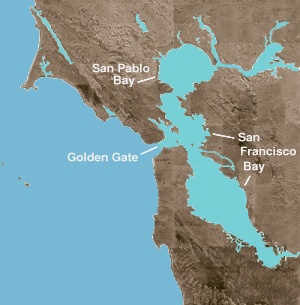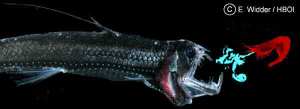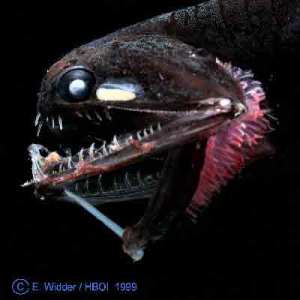I love the game Scattegories so I am going to be drawn to learning new words that will help me gain more points.
The Baffin Bay separates Greenland from Canada and is connected to the Atlantic Ocean by the Davis Strait. You won’t be finding any vacation homes along the shores of the Baffin Bay as the surrounding islands are cold and mountainous and the Bay is covered in ice for most of the year.
The Baffin Bay is approximately 700 miles long, varies from 70 to 400 miles in width and ranges from 1,200 to 9,000 feet deep.














What people are saying …